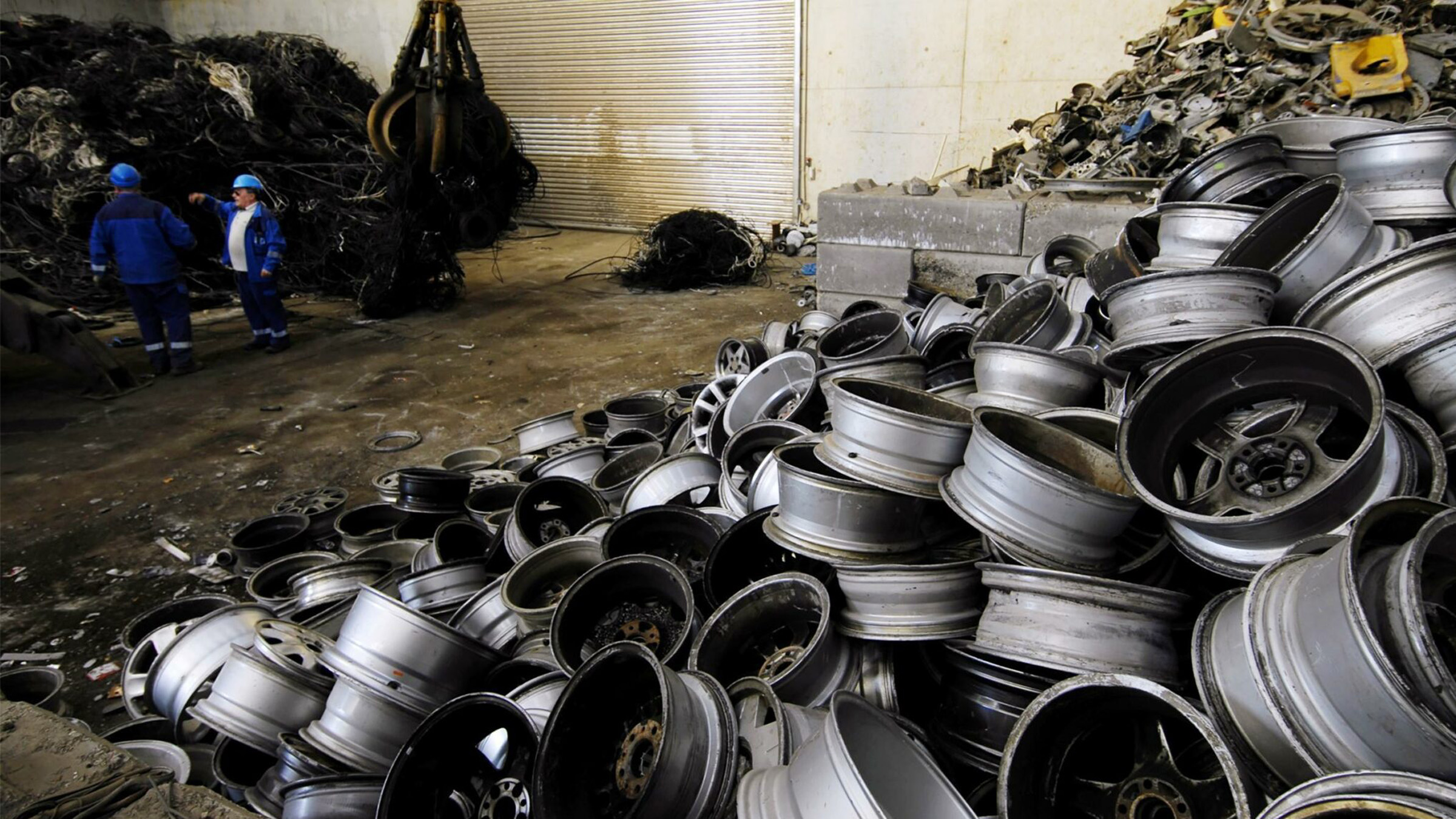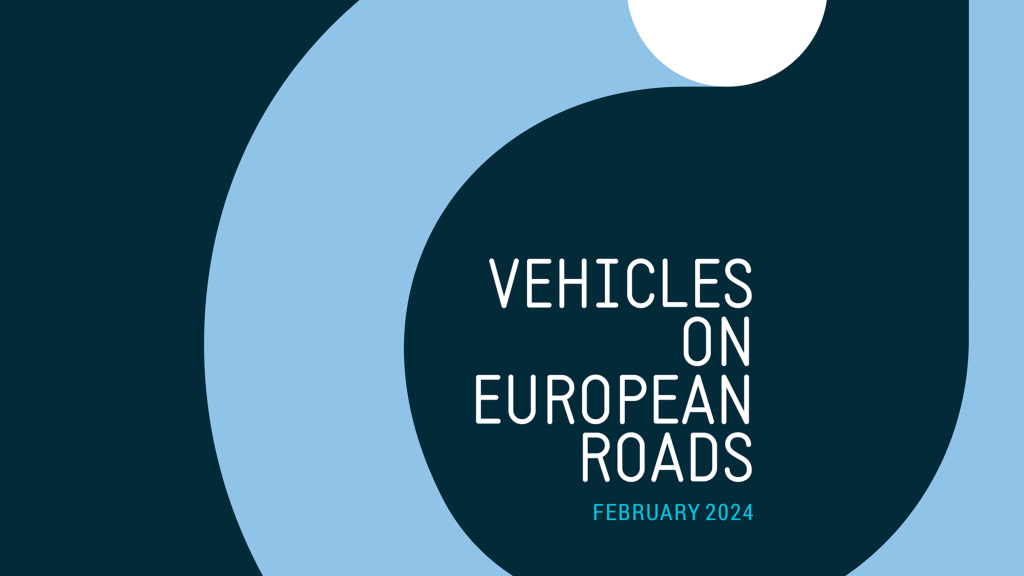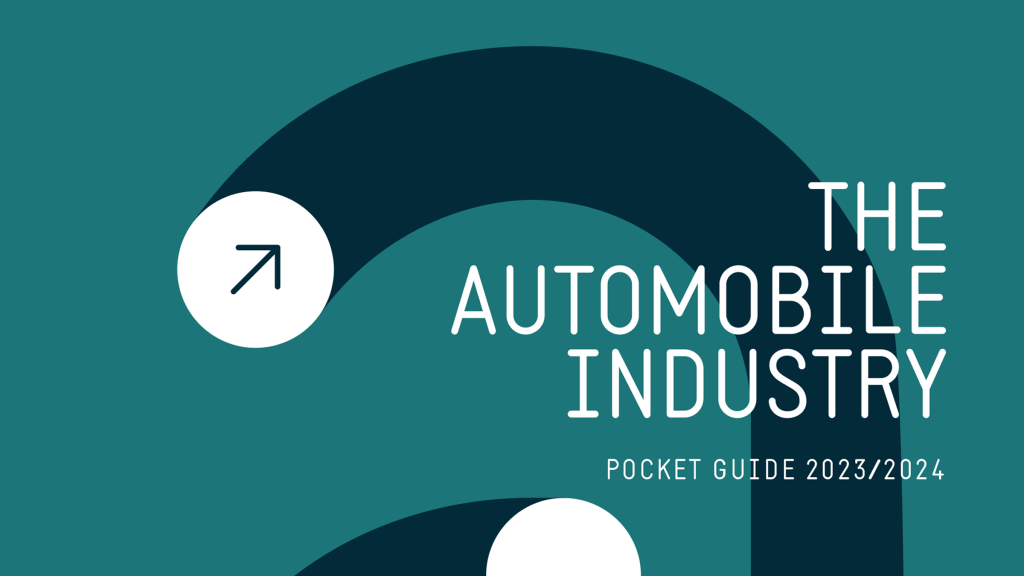European auto makers calls for decisive action on End-Of-Life Vehicles Regulation from EU Environment Council

Brussels, 16 December – The European Automobile Manufacturers’ Association (ACEA) recognises the ambitious proposal for an End-of-Life Vehicles Regulation. We call on the Council to develop a stepwise approach to plastic recycled content targets, to consider the challenges of limited closed-loop secondary raw material availability, the need for mandatory dismantling measures, and to consider the particularities of heavy-duty vehicles.
Ahead of the EU Environment Council discussions taking place on Tuesday 17 December, ACEA Director General Sigrid de Vries believes that “to be effective, the Regulation must set clear, achievable targets that promote innovation and competitiveness, avoiding rigid frameworks that cause inefficiency or high compliance costs.”
ACEA wishes to highlight several key considerations from the automotive sector for the EU Environment Council:
A stepwise approach is recommended for implementing achievable and ambitious plastic recycled content targets, with an initial target of 15% recycled content within 72 months and a second target of 20% five years later.
Furthermore, ACEA calls for the urgent publication of a clear calculation methodology and for all sustainable materials to be considered to achieve the targets, including pre-consumer recyclates, chemically recycled materials, and bio-based options.
The availability of safe, high-quality, closed-loop secondary raw materials for vehicles is limited due to current recycling technologies, long vehicle lifespans, and legacy substances no longer allowed in newer models. Thus, separate closed-loop targets are unnecessary.
Regarding the proposed mandatory dismantling measures, ACEA, along with other actors in the automotive ecosystem, supports a practical approach to ensuring alignment with market demand and environmental benefits.
It is also critical to recognise the distinct nature of heavy-duty vehicles (HDVs), such as trucks and buses, compared to cars. Policymakers must carefully assess these differences and develop tailored requirements that account for the specificities of each vehicle category.
To be effective, the End-Of-Life Vehicles Regulation must set clear, achievable targets that promote innovation and competitiveness, avoiding rigid frameworks that cause inefficiency or high compliance costs.
Notes for editors
You can read our position paper on the End-of-Life Vehicles Regulation here: https://www.acea.auto/publication/position-paper-end-of-life-vehicle-elv-management-and-circularity-requirements-for-vehicle-design/
About ACEA
- The European Automobile Manufacturers’ Association (ACEA) represents the 16 major Europe-based car, van, truck and bus makers: BMW Group, DAF Trucks, Daimler Truck, Ferrari, Ford of Europe, Honda Motor Europe, Hyundai Motor Europe, Iveco Group, JLR, Mercedes-Benz, Nissan, Renault Group, Stellantis, Toyota Motor Europe, Volkswagen Group, and Volvo Group.
- Visit www.acea.auto for more information about ACEA, and follow us on https://www.x.com/ACEA_auto or http://www.linkedin.com/company/ACEA/
Contact:
- Ben Kennard, Head of Communications, bk@acea.auto, +32 (0) 2 738 73 17
- Julien Hoez, Media Relations Manager, jh@acea.auto, +32 (0) 2 738 73 45
About the EU automobile industry
- 13.2 million Europeans work in the automotive sector
- 10.3% of all manufacturing jobs in the EU
- €383.7 billion in tax revenue for European governments
- €106.7 billion trade surplus for the European Union
- Over 7.5% of EU GDP generated by the auto industry
- €72.8 billion in R&D spending annually, 33% of EU total



